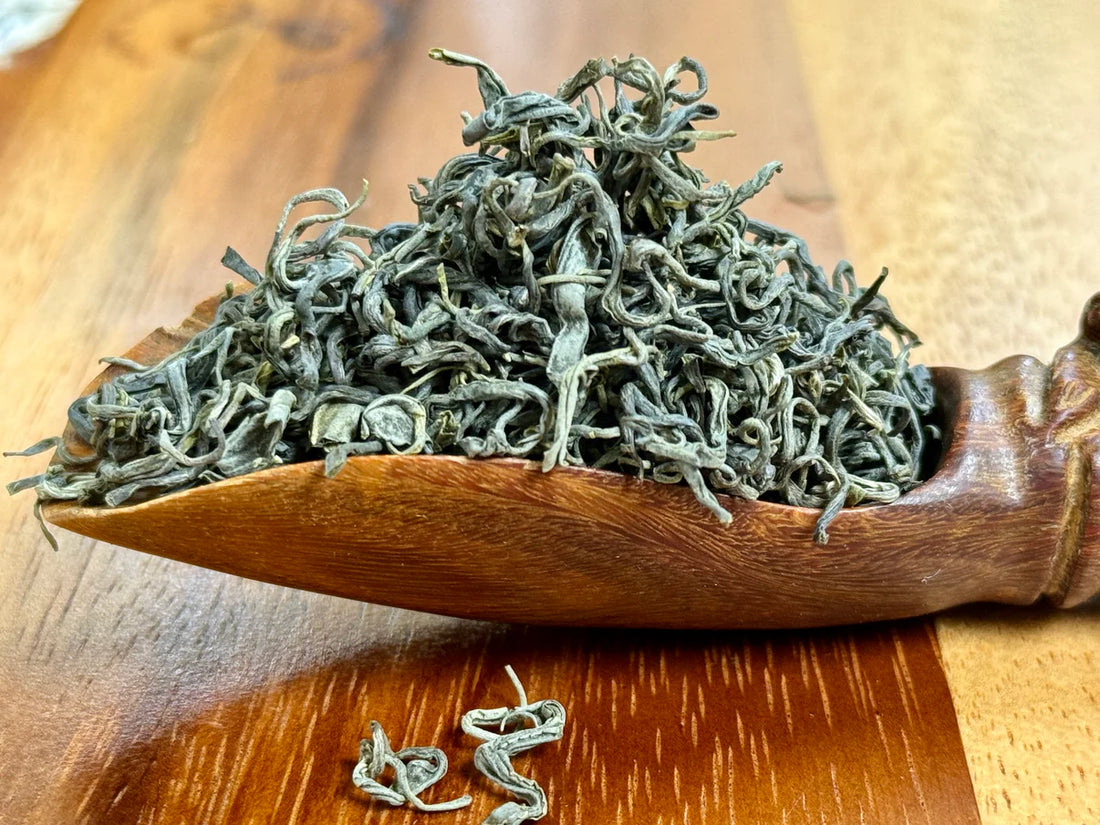
Why is Yellow Tea so rare?
Share
Yellow tea (黄茶) is considered one of the rarest and most precious types of Chinese tea. Its scarcity can be attributed to several key factors related to its complex production process, limited regions of cultivation, and time-consuming traditional methods. Here's why yellow tea is so rare:
Complex and Labor-Intensive Production Process
Yellow tea undergoes a unique and elaborate production process called "men huan" (闷黄) or "sealing yellow":
- After the leaves are pan-fired (like green tea), they are wrapped in cloth or paper and allowed to oxidize very slowly in small batches. This step can take several hours or even days, depending on the variety, and requires constant monitoring.
- This process is intended to reduce the grassy flavor found in green tea while developing a mellow, sweet, and smooth taste with a characteristic yellowish color. Achieving the right level of oxidation without damaging the delicate leaves is difficult and time-consuming, requiring skilled craftsmanship.
Due to the manual attention and precision required at each stage, yellow tea is harder to produce compared to other types of tea, such as green or black tea.
Limited Production Areas
Yellow tea is only produced in very specific regions of China, primarily in the provinces of:
- Hunan (home to the famous Junshan Yinzhen tea from Junshan Island)
- Anhui (where Huoshan Huangya, Huoshan Xiao Cha, Huang Da Cha are produced)
- Sichuan (famous for Mengding Huangya)
The limited geographic range of cultivation contributes to its scarcity. Only certain regions with the right climate and soil conditions can produce yellow tea, and even within these regions, the production is on a small scale.

Decline in Traditional Yellow Tea Craftsmanship
Over time, the knowledge and skills required to produce yellow tea have become rarer. Historically, yellow tea was more widely produced and enjoyed by Chinese emperors and scholars, but demand for it decreased during the 20th century in favor of green tea and black tea, which are easier to produce and became more popular for mass consumption.
As a result, fewer tea farmers and producers continued the labor-intensive practice of making yellow tea, leading to a decline in production volume.
Time-Consuming Process
The production of yellow tea requires time and patience, particularly during the slow oxidation stage, which can take two to three days for some varieties. This makes it difficult to produce large quantities at once, limiting the supply. In contrast, other types of tea, such as green tea, can be processed more quickly and on a larger scale, allowing for higher production volumes.
Relatively Low Demand
Though yellow tea has a distinctive and mellow flavor, it is less well-known internationally compared to green, black, and oolong teas. Due to its rarity and higher price, it tends to appeal more to tea connoisseurs and enthusiasts who seek out its unique qualities. Because of this niche market, fewer producers are motivated to make yellow tea on a large scale, and it remains a specialty product.

Seasonal Harvest
Yellow tea is typically made from the first flush of tea leaves in early spring, which are considered the most tender and highest quality. However, because only the finest leaves are selected, and production is often limited to a specific harvest season, the total yield is naturally lower.
Risk of Mistakes During Production
Yellow tea requires great expertise to master, and there is little margin for error during the processing. Mistakes during the "men huan" process can lead to improper oxidation, resulting in tea that doesn't develop the desired flavor or aroma. The risk of ruining a batch contributes to the overall difficulty and cost of production.
___________________
Yellow tea is rare because of its complex, labor-intensive production process, limited geographic cultivation, and the decline in traditional craftsmanship over time. These factors, combined with its relatively niche demand, make it one of the most precious and sought-after types of tea, treasured by tea connoisseurs for its smooth, sweet taste and unique processing method.
